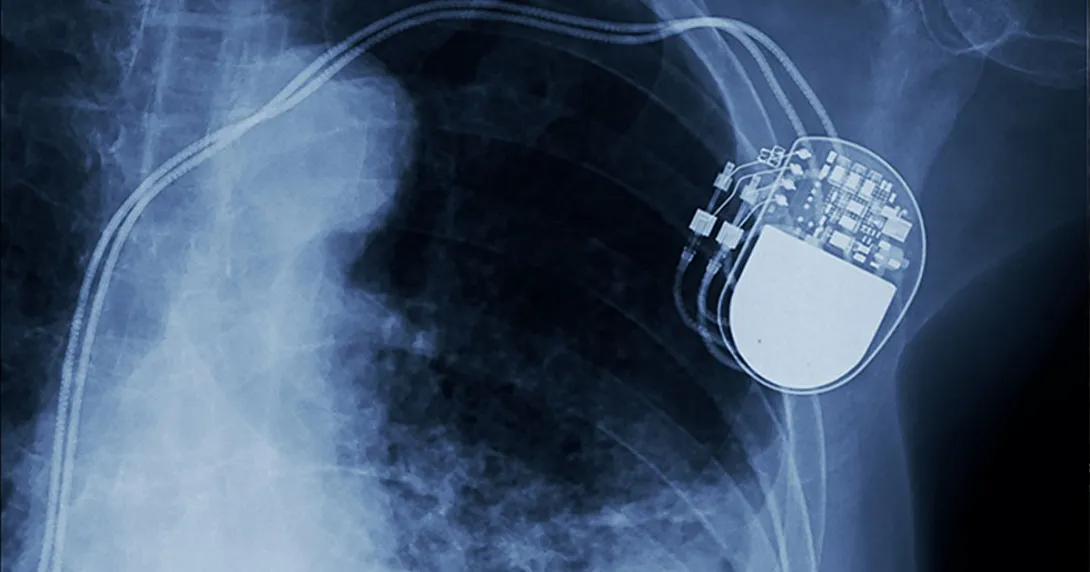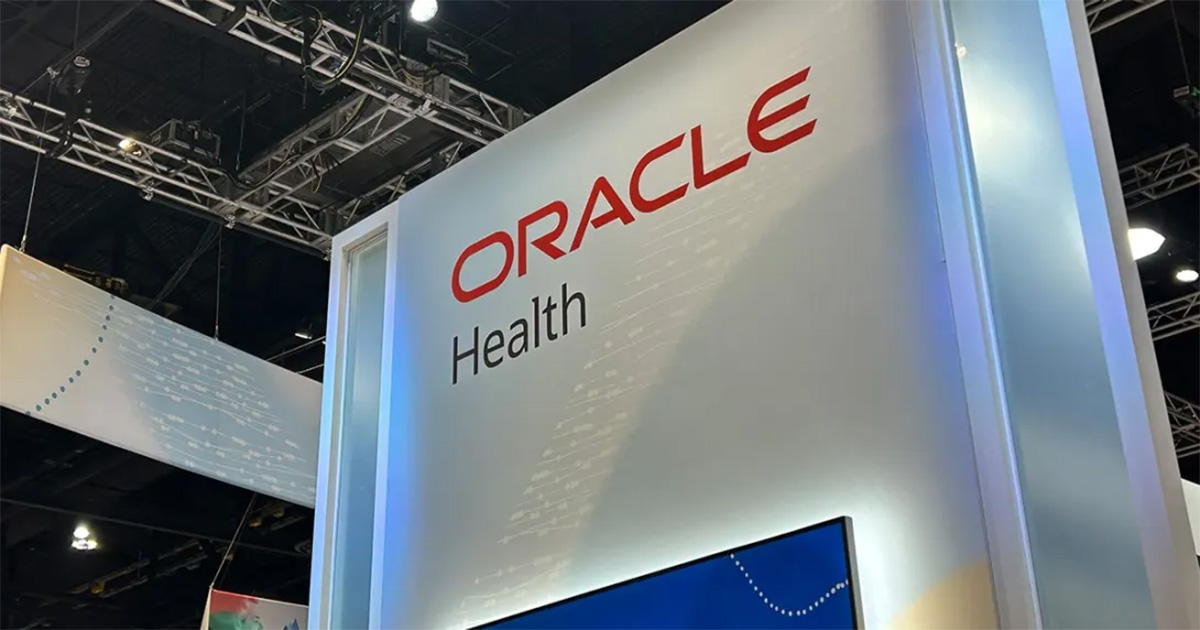Hospitals across the country are on track to meet 2011 meaningful use criteria set by the federal government, according to new data from HIMSS Analytics. Nearly a quarter of the participating hospitals reported they could achieve 10 or more of the 14 required meaningful use core requirements.
HIMSS Analytics, a subsidiary of the Healthcare Information and Management Systems Society, introduced on November 15 the first of what executives promised would be quarterly analysis of hospitals' progress toward achieving meaningful use.
The 687 hospitals that responded to a HIMSS Analytics survey said they have the ability to meet some of both core and menu requirements for Stage 1 of meaningful use. The final rules designate a “core” group of 14 requirements that must be met, plus an additional “menu” of 10 procedures from which providers must select five.
“It’s good to see that so many hospitals are in position to meet the criteria,” said John P. Hoyt, executive vice president at HIMSS. “We’ve got a terrific head start.”
However, two weeks after HIMSS Analytics released its survey results, the American Hospital Association took issue with the government regarding the EHR certification aspect of meaningful use requirements.
“The requirement that hospitals have EHRs certified against all 24 measures of meaningful use is inconsistent with the (Centers for Medicare & Medicaid Services’) final rule on meaningful use, which states that a hospital may ‘defer’ up to five objectives of meaningful use in 2011 and 2012,” AHA President and CEO Rich Umbdenstock wrote in a November 30 letter to Health and Human Services Secretary Kathleen Sebelius. “The AHA asks that the department take a consistent approach to meaningful use that requires hospitals to have EHR technology certified against only those 19 objectives they will use to demonstrate meaningful use.”
Umbdenstock said requiring that EHRs be certified for all 24 measures would result in delays and added costs for many hospitals, including critical access facilities.
At press time, HHS officials had not responded to the AHA letter.
The key findings of the HIMSS Analytics survey showed:
- 22 percent of participating hospitals have the capability to achieve 10 or more of the required core measures in the meaningful use Stage 1 requirements.
- 34 percent of respondents have the capability to achieve between five and nine of the core measures for meaningful use.
- 40.47 percent of the market indicated they have the capability to meet five or more of the menu items for meaningful use.
“Our data indicate that hospitals have the capability now to meet some of the requirements for meaningful use, which is significant in the lead up to the Medicare and Medicaid EHR incentive programs because they indicate that healthcare organizations continue to move toward implementation of health IT,” said Hoyt.
Michelle Glenn, senior director of product management at HIMSS Analytics, said the results of the survey are statistically significant at a 99 percent confidence level and a 5 percent margin of error.
In each quarter, beginning in January 2011, HIMSS Analytics will release updated data and analysis on meaningful use compliance for healthcare organizations.
HIMSS Analytics, known for its annual analysis of health IT implementations at more than 5,000 U.S., non-federal hospitals, added questions on meaningful use to its annual survey of U.S. hospitals before the final rules were announced. Thus, the data reports on 12 of the 14 core criteria and eight of the 10 menu requirements, since not all of the final requirements were initially included in the questions.


